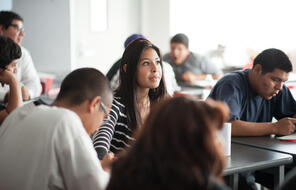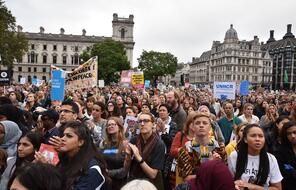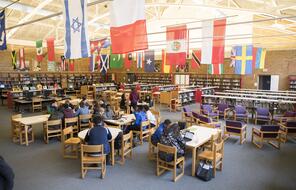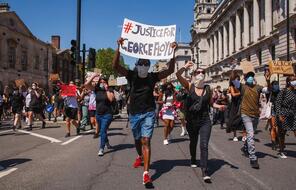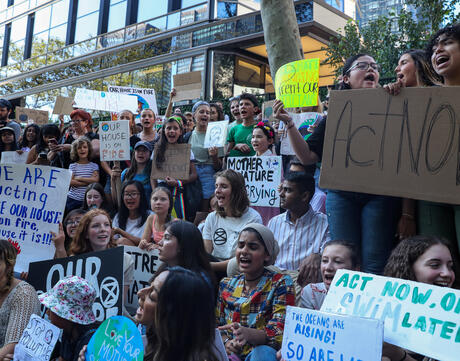
Young People Respond to Climate Change
At a Glance
Language
English — USSubject
- Civics & Citizenship
- Social Studies
Grade
6–12- Democracy & Civic Engagement
Overview
About This Mini-Lesson
Greta Thunberg, a 16-year-old Swedish climate activist, began skipping school in 2018 to pressure lawmakers to act against climate change. She is one of many young climate activists around the world who are working with their communities to prevent the worst ravages of climate change. These young activists have successfully gained attention and built movements. On March 15, 2019, an estimated 1.4 million young people in at least 123 countries participated in climate change protests and school strikes. Another strike is scheduled for September 20, 2019.
This mini-lesson explores the reasons why young people are calling for action against climate change and strategies they can use to make a difference on this issue or other issues they care about.
Activities
Activities
Extension Activities
Materials and Downloads
Resources from Other Organizations
Additional Resources
Unlimited Access to Learning. More Added Every Month.
Facing History & Ourselves is designed for educators who want to help students explore identity, think critically, grow emotionally, act ethically, and participate in civic life. It’s hard work, so we’ve developed some go-to professional learning opportunities to help you along the way.
Exploring ELA Text Selection with Julia Torres
On-Demand

Working for Justice, Equity and Civic Agency in Our Schools: A Conversation with Clint Smith
On-Demand

Centering Student Voices to Build Community and Agency
On-Demand


